Who benefits?
On June 15, domestic coffee price reporting systems reported that in the Central Highlands provinces, prices continued to increase by 100 - 200 VND/kg, commonly around 64,000 - 65,000 VND/kg. Last week, coffee prices were recorded to have increased by an average of 3,600 VND/kg. In Dak Nong, the locality with the highest price level in the Central Highlands, the average price was up to 65,200 VND/kg.
Previously, on June 8, the information about the "appearance of El Nino" announced by the US National Oceanic and Atmospheric Administration (NOAA) caused the price of robusta coffee in the world market, which was already very high, to continue to increase by 10 - 12 USD/ton in recent days. Currently, the price of robusta coffee futures for July delivery on the two exchanges in London (UK) and New York (USA) is at 2,725 - 2,728 USD/ton, up 46% compared to the beginning of this year and is an all-time high. The world press quoted analysts as explaining that the scarce supply of coffee pushed the price up. In addition, information about unfavorable weather, prolonged heat and drought, causing the supply to narrow further, has pushed the price up continuously.
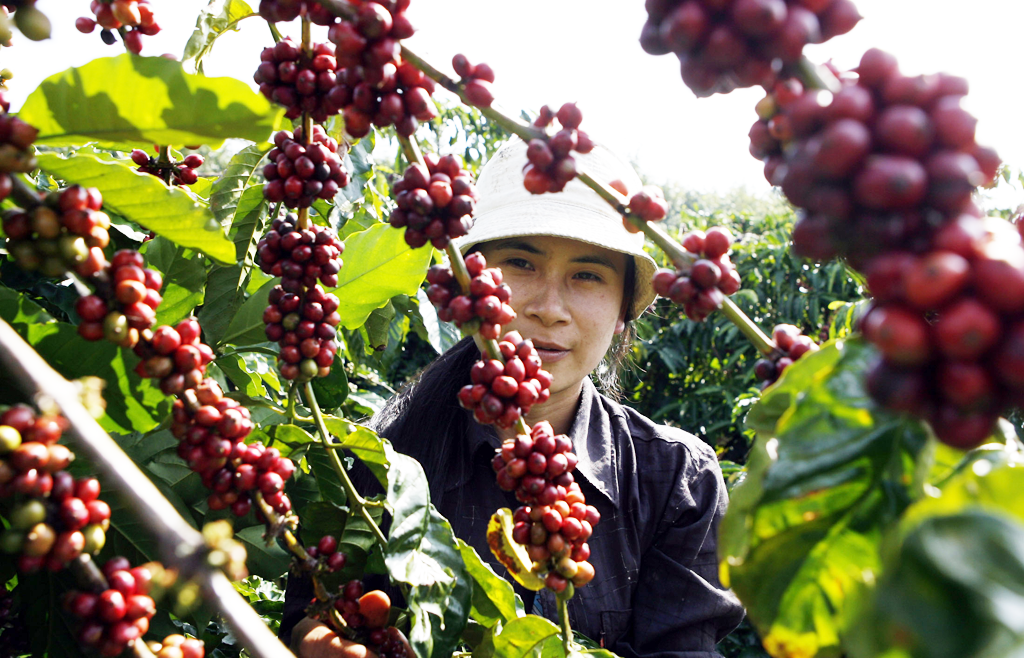
Coffee prices are at record highs
In reality, in Krong No District (Dak Nong), Mr. Nguyen Dac Dat, Director of Nga Thanh Trading Company Limited, informed: Coffee prices are not only 65,000 - 66,000 VND/kg, but there are large enterprises in Ho Chi Minh City that buy up to 70,000 VND/kg. He affirmed that "farmers here have no more goods to sell".
"The coffee harvest ended about a month ago. At that time, the price of coffee jumped from 48,000 - 49,000 VND to 51,000 VND/kg, and people were satisfied with that price so they cleared out all their stocks to sell. But in just the last 10 days of May, the price increased by 10,000 VND, jumping to 61,000 - 62,000 VND/kg, beyond the imagination of coffee growers and traders. Currently, the Central Highlands coffee has been harvested and is all in the warehouses of tycoons and FDI enterprises in Dong Nai and Binh Duong. Now people are only concerned with taking care of the garden, hoping that the next crop will continue to have good prices," said Mr. Dat.
There are buyers, so sell.
The reason for the above market developments is a question of many people both inside and outside the coffee industry. There have been many opinions explaining that the sharp increase in robusta coffee prices in recent times is due to a shortage of coffee supply in general. Second, due to the high price of arabica coffee while the economy is difficult, world consumers are forced to switch to robusta coffee with a cheaper price. Third, due to El Nino. With the above arguments, many people believe that the price of coffee, especially robusta (Vietnam is the world's largest supplier) will continue to be high as long as El Nino exists.
However, such arguments have not convinced many people in the coffee business. Mr. Dat admitted that as a local business, he is really uncertain about many things, but based on his experience and understanding, the current price is unrealistic. "It is a game of the big guys in the world market," Mr. Dat commented.
Mr. Nguyen Quang Binh, a coffee market expert, analyzed: Recently, the price of robusta coffee in the country and abroad has been "jumping" like an untamed horse. Many people say the reason is due to scarce supply, unfavorable weather, coffee "addicts" need a cheaper product... but that is only the tip of the iceberg of the price fever. If we put coffee in the context of the global commodity market, especially the financial market, we can see other interesting aspects. For example, coffee exporting countries like Brazil, the current operating interest rate is 13.75%, 2-3 times higher than the inflation rate. On the contrary, importing countries like the EU and the US, previously had a 0% interest rate, now it is 3-4%, besides, banks tighten credit, causing importers to be "suffocated" by interest rates.
"Credit for purchasing export goods is no longer widespread. The risk of trading in commercial goods is increasing. Unable to sell commercial goods is the consequence of lack of capital, little money for purchasing, leading to a shortage of goods in the market. The more scarce the goods, the higher the price. As a result, the price of robusta coffee in the export market and on the futures exchange continuously reaches new peaks. Developments in the world market show that financial investment funds have chosen the robusta exchange as a safe haven. Liquidation sales on gold, stock exchanges, and recovered money are transferred to the robusta exchange. Therefore, the volume of short-term contracts on the exchange has also reached a peak in recent times," Mr. Nguyen Quang Binh predicted.
With that perspective, Mr. Binh recommends: Prices are increasing but there are no goods on the floor and there are very few buyers, especially on the London floor. Therefore, for Vietnamese businesses, the price is currently very good, if there are buyers, they should sell, because firstly, financial conditions are difficult; besides, logistics costs are likely to increase with oil prices, which will negatively affect coffee prices.
Coffee exports are shifting strongly
In May, Vietnam exported 149,667 tons of coffee, worth nearly 385 million USD. Coffee export prices in May increased to a 7-month high of 2,570 USD/ton, up 5.5% compared to the previous month and 12.8% compared to the same period last year. This price is approximately equal to the peak of 2,591 USD/ton reached in October 2022.
According to the General Department of Customs, in the first 5 months of the year, Vietnam's coffee exports reached 866,121 tons, worth more than 2 billion USD, down 3.9% in volume and 0.4% in value compared to the same period last year. Overall, in the first 5 months of the year, coffee export prices increased by 3.6% to an average of 2,323 USD/ton.
The coffee growing area in Vietnam has recently been reduced more than the statistics of the agricultural sector because in recent years, coffee has not been able to compete with other fruit trees such as durian, passion fruit, avocado, etc. In addition, the output of coffee for export in the traditional form has also decreased sharply due to the strong increase in the movement of processing roasted and ground coffee for domestic circulation and distribution. There are also many high-quality coffee products exported abroad. Currently, these coffee lines have quite high export prices and prices are much higher than the listed prices on international trading floors.
Expert Nguyen Quang Binh
Source link












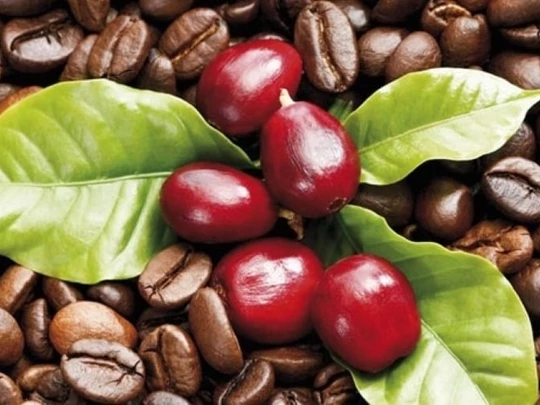



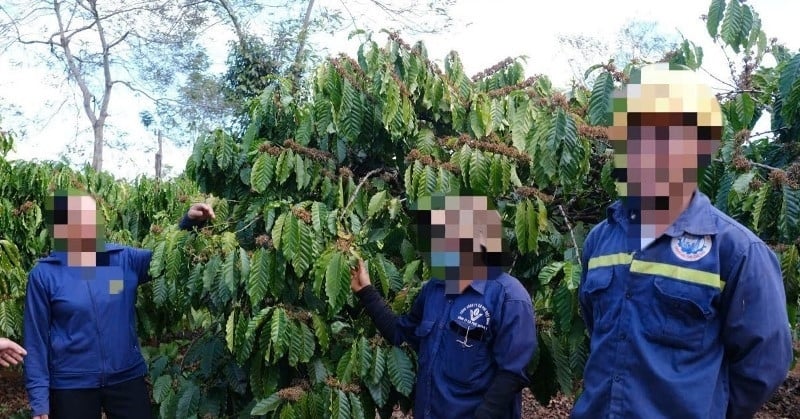


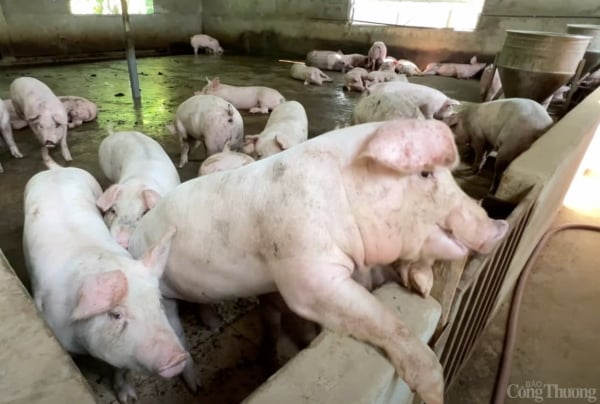
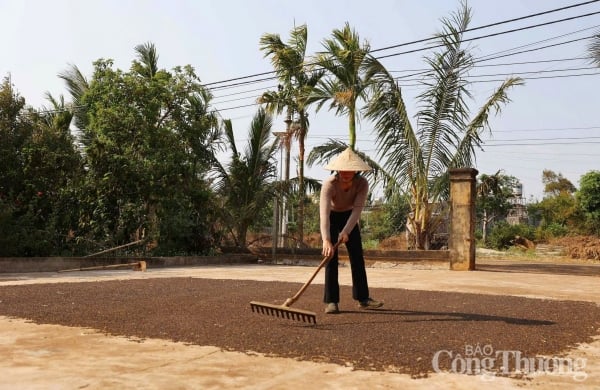
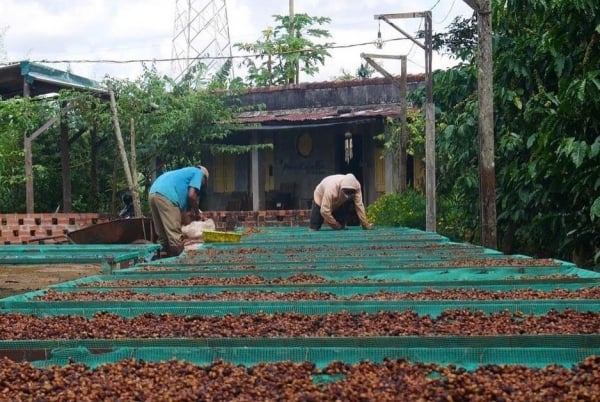
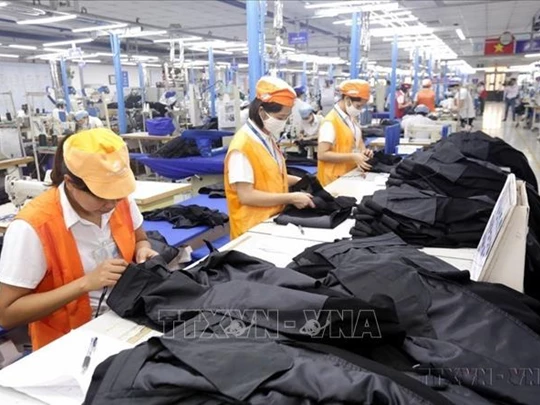















Comment (0)